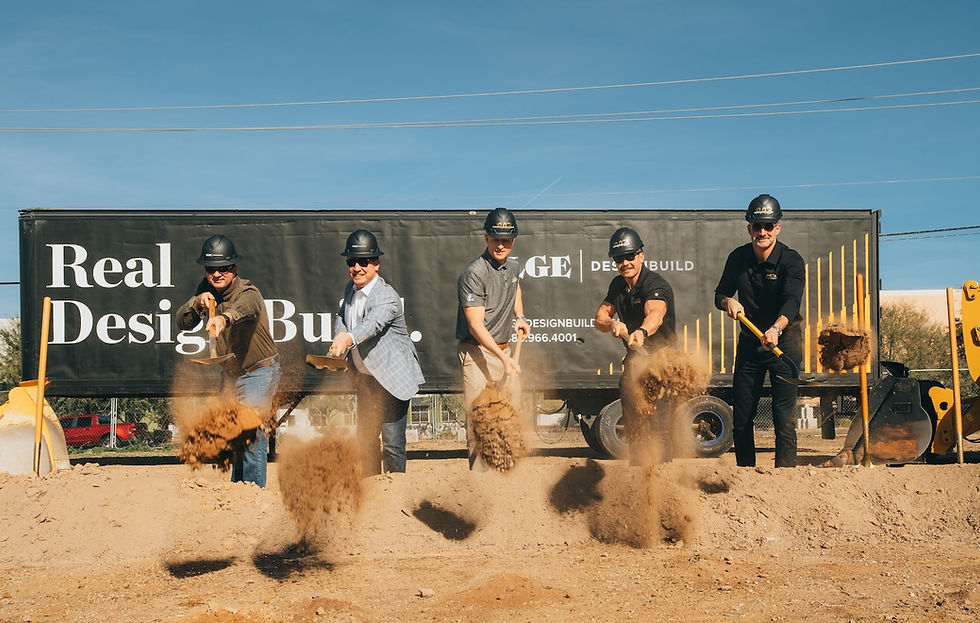Mining Aggregates for Concrete
- Arizona Contractor & Community
- Dec 5, 2022
- 2 min read
by Luke M. Snell, P.E., and Frank A. Kozeliski, P.E.
Both concrete and asphalt mixtures are aggregates that are held together by a binder. Often, aggregates are viewed as a cheap inert material compared to asphalt or cement binder. But aggregates must meet specific requirements. How they’re mined, processed, and controlled to make concrete is essential. Much of the discussion is also applicable to asphalt.

Mining and processing procedures ensure that the aggregate meets specific standards:
Maximum Size: Initially, large-sized aggregate was used in concrete. Many foundations on farms have large rocks dropped into the concrete to take up space since they were commonly available and cheaper than cement. Thus, the contractor, who was likely the farmer, could save money by using large rocks as aggregate. Even the construction of Hoover Dam used aggregates up to 9 inches in diameter.
In construction, the preferred way is now to pump concrete, and the size of the pump hose limits the contractor. Most pumps are 5 inches or smaller. The standard practice limits the size of the aggregates to 1/3 of the hose diameter. The spacing of the reinforcement also determines the maximum size of the aggregates to make sure the concrete can easily flow through it. For these reasons, the maximum size aggregate on most projects is limited to 1 inch.

Minimum Size: Aggregate that is too fine also creates problems. American Society for Testing and Materials (ASTM) and American Association of State Highway and Transportation Officials (AASHTO) specifications state that the aggregates must not have more than 3 percent of the material passing through a #200 sieve, which allows grains smaller than 0.003 inches. For manufactured aggregates, this limit is increased to 5 percent. The material passing the #200 sieve are silts and clays that have little strength and coat the aggregates to inhibit the cement from attaching or bonding to them.
Uniform Gradation: An ideal mix for concrete will have aggregate from the largest allowable size to the smallest permissible size, along with intermediate sizes. This blend results in minimal voids in the concrete.

The rocks must be separated or screened to achieve the desired sizes of the aggregates. Three types of aggregates are mined:
Natural Aggregates: These are mined from pits, rivers, or lakes and used with little processing. These materials tend to be smooth and will not bond as well with cement compared to crushed aggregates.
Manufactured Aggregates: These processed aggregates are created by crushing large rocks. This process usually requires blasting bedrock, grinding, and sorting the stone into the desired sizes needed for concrete. The resulting aggregate has a rough surface that bonds well with cement.
In one case, a batch plant switched from a manufactured coarse aggregate to a natural coarse aggregate on a project, which proved expensive. As a result of the smoother aggregate, the compressive strength of the concrete decreased by 20 percent. The batch plant then had to add more cement to increase the strength of the concrete.
To read the rest of this article, you are invited to purchase the digital issue here.
This article originally appeared in the bimonthly Arizona Contractor & Community magazine, Nov/Dec 2021 issue, Vol. 10, No. 6.







Comments